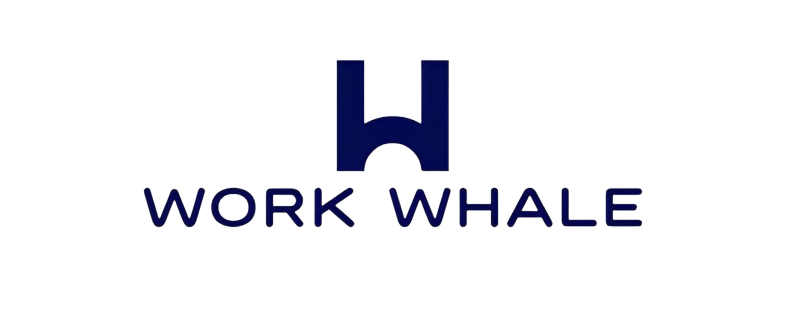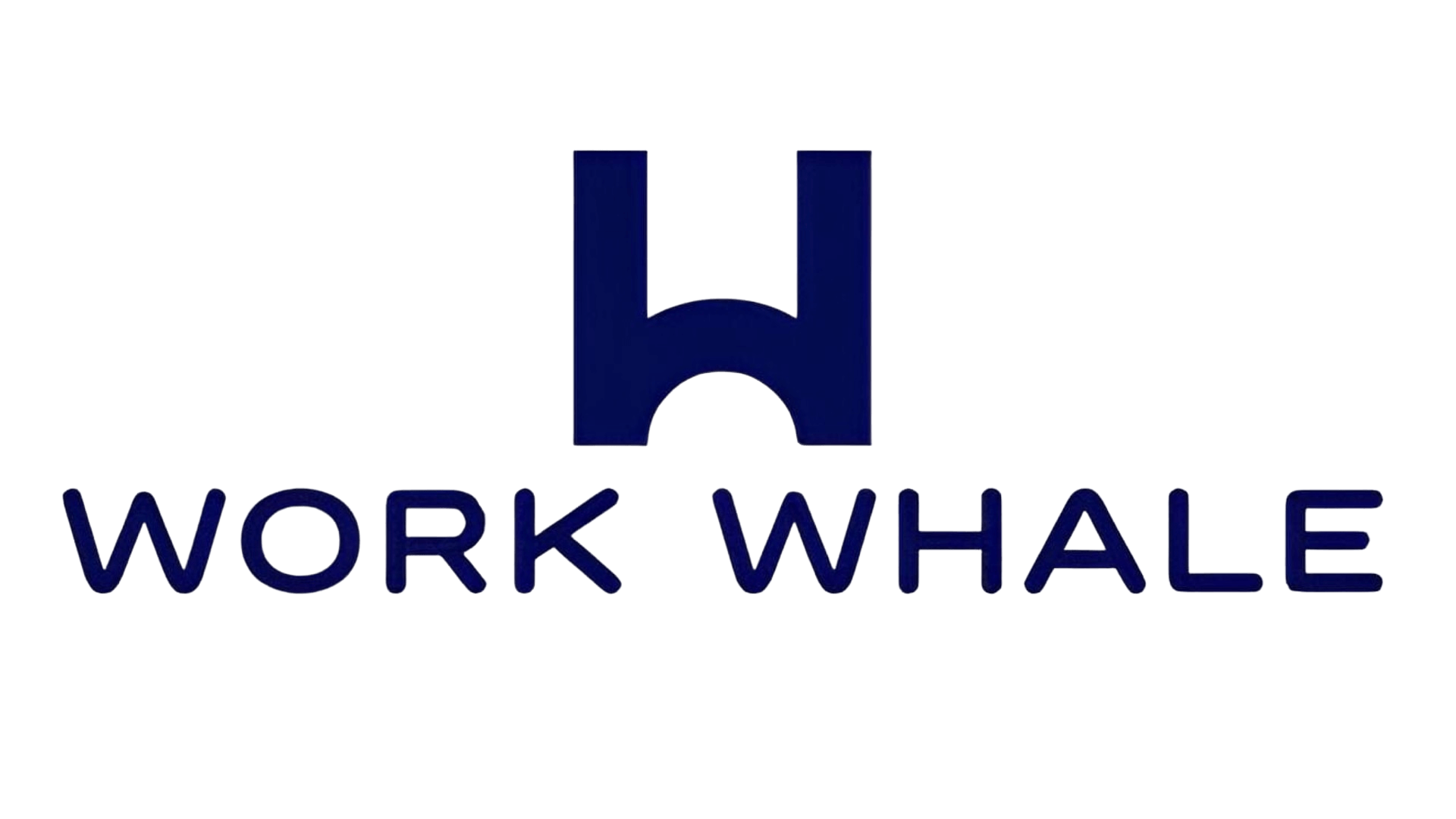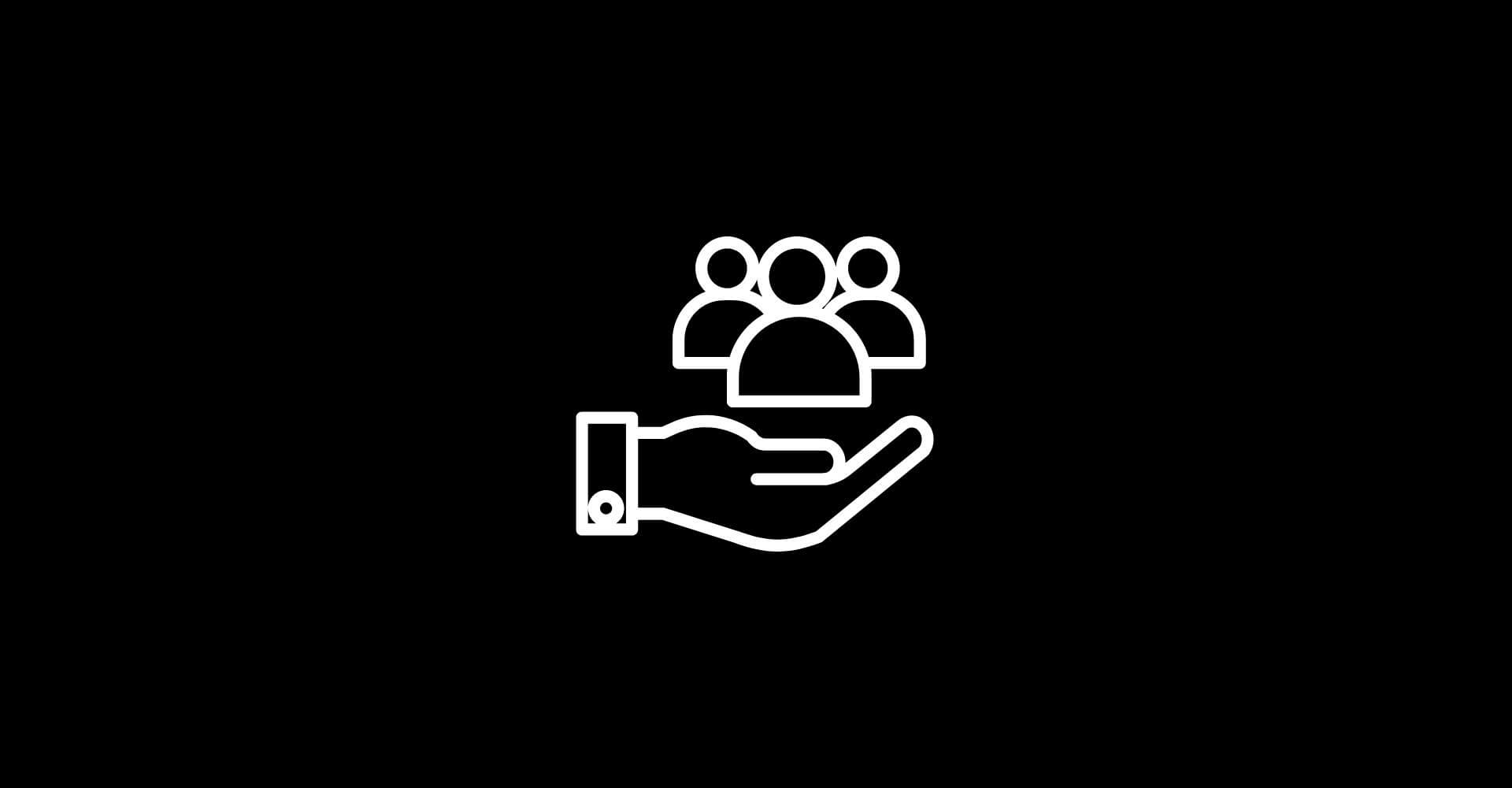Interviews play a pivotal role in qualitative research, providing valuable insights into the thoughts, experiences, and perspectives of individuals. However, the process doesn’t end with conducting the interview; transcribing the conversation accurately is equally crucial. In this guide, we’ll explore the essential steps and tips for writing interview transcripts that capture the nuances of the spoken word.
Preparation:
Before delving into the transcription process, it’s crucial to prepare adequately. Familiarize yourself with the recording equipment, ensure clear audio quality, and have a backup plan in case of technical issues. Additionally, create a list of participants, noting their roles or identifiers, to maintain clarity during transcription.
Choose Your Transcription Style:
There are different transcription styles, each catering to specific needs. Verbatim transcription captures every utterance, including filler words, hesitations, and non-verbal expressions. On the other hand, clean or edited transcription omits unnecessary elements to enhance readability. Choose the style that aligns with your research goals.
Transcription Tools:
Utilize transcription software or tools to streamline the process. These tools often offer features like playback speed control, timestamp insertion, and speaker identification. Some popular choices include Otter.ai, Express Scribe, and Transcriber for WhatsApp.
Create a Template:
Establish a consistent format for your transcripts. Include headers with details like the interview date, participants, and any specific instructions. Develop a clear system for denoting different speakers, whether by initials, names, or roles.
Transcription Process:
Listen Carefully:
Start by listening to the entire interview without transcribing. This allows you to grasp the overall context, tone, and dynamics of the conversation.
Transcribe in Passes:
Break down the transcription process into passes. In the first pass, focus on getting the content down. In subsequent passes, refine the text for accuracy, clarity, and grammar.
Timestamps:
Insert timestamps at regular intervals or whenever there’s a significant shift in the conversation. This aids in referencing specific points during analysis and ensures a more organized transcript.
Speaker Identification:
Clearly identify each speaker, either by name, initials, or role. Consistency is key, and using distinct labels for each participant helps readers follow the dialogue.
Non-Verbal Cues:
Don’t overlook non-verbal cues such as laughter, pauses, or gestures. These elements contribute to the richness of the transcript, providing a holistic view of the communication.
Proofreading:
After completing the initial transcription, proofread the document thoroughly. Check for spelling errors, ensure proper punctuation, and verify speaker identifications. A polished transcript enhances the credibility of your research.
Ethical Considerations:
Respect participant confidentiality and obtain necessary permissions before sharing or publishing transcripts. Anonymize sensitive information and adhere to ethical guidelines relevant to your research context.
Conclusion:
Creating interview transcripts is a meticulous yet essential step in qualitative research. By following these guidelines, researchers can produce accurate and insightful transcripts that serve as valuable resources for analysis and contribute to the broader body of knowledge in their respective fields.






